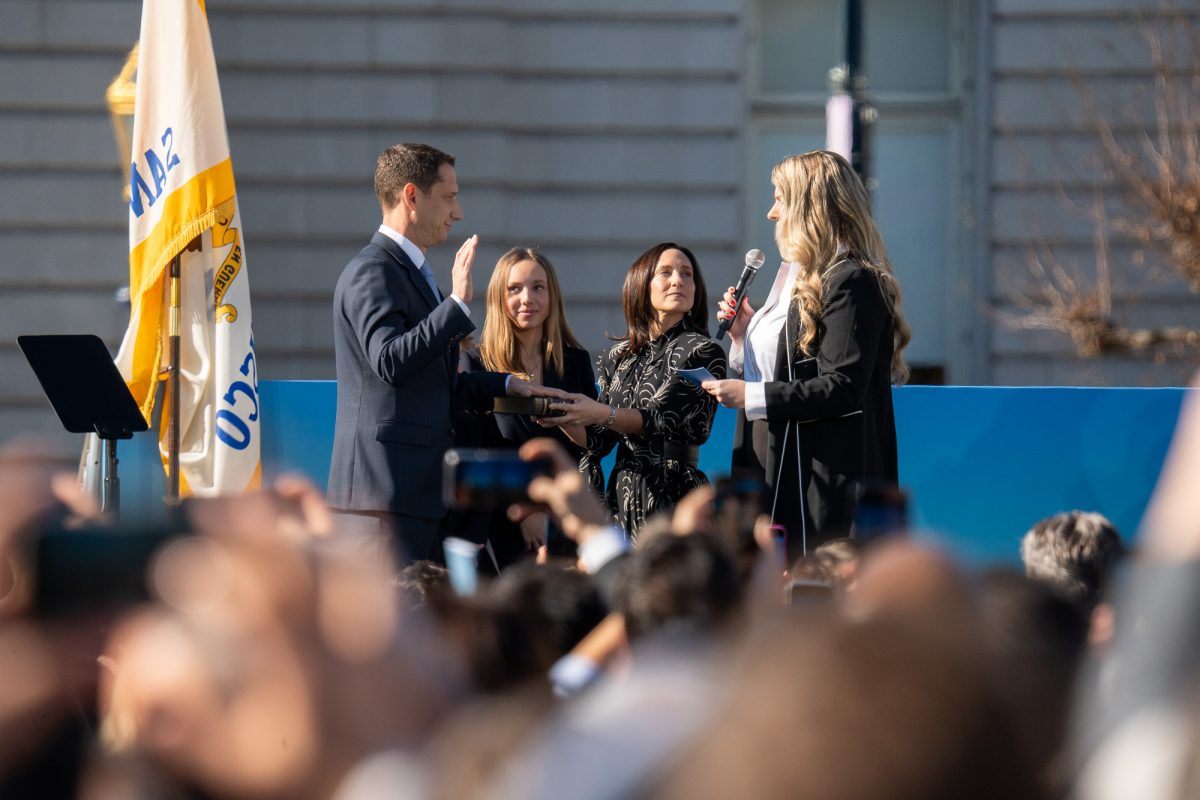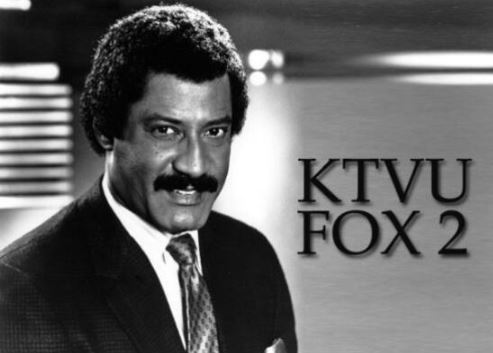Democrats are ready to take on President Trump and win the White House back.
This year’s Democratic primaries have been the biggest and most diverse field ever seen with authors, congressmen, mayors, and businessmen attempting to become the Democratic Party’s nominee for president.
At the beginning of the election season in mid-2019, there were around 20 major candidates. As of press time, Joe Biden is the only candidate left and will take on Donald Trump in the general election in November.
Of this 2020 election season, U.S. History teacher Christopher Fern stated, “ … it has been a very interesting primary season, with a very crowded field of candidates that were historically diverse to start, but ended up being down to a race between … older white men.”
Emilio Gorog ’20 agrees and stated, “ … the Democratic primaries have been chaotic, with no clear answer as to who should run against Donald Trump in November. Sure, the process has been complicated by the rise of COVID-19, but it is clear that the party is divided between its moderate and progressive members.”
On Feb. 3, the first contest in the nation was held, the Iowa Caucus. After a 26-day delay because of “inconsistencies” in the votes and problems with the new app, which recorded votes in every single precinct, the Iowa Democratic Party declared Pete Buttigieg the winner.
Next, came New Hampshire. Here, there were no debacles, and Sanders and Buttigieg were declared the winners. Biden finished in a disappointing fifth- place, which astounded many people as he was at first thought of as the front-runner. Biden wasn’t concerned and had all his hopes on South Carolina, counting on the African American vote to boost his campaign.
Sanders continued to gain momentum by winning Nevada. A week later, Joe Biden delivered on his promise and won the Palmetto State. Pete Buttigieg and Amy Klobuchar both dropped out of the race because of poor showings in these first three states. To unite moderate Democrats, Buttigieg and Klobuchar both endorsed Biden, aiming to slow the momentum Sanders had going into Super Tuesday.
On Tuesday, March 3, the day when the greatest number of states hold primaries and caucuses, Joe Biden had a big night by winning in 10 states including Texas. Sanders won four states including California, the biggest prize of the night, and Michael Bloomberg only won the territory of American Samoa. Spending more than $500 million in Super Tuesday states and only winning one contest, Bloomberg dropped out and quickly endorsed Biden.
Elizabeth Warren also dropped out but signaled she was not planning on endorsing any candidate. Warren was Fern’s pick for president but after the end of her candidacy, Fern hoped that “Biden will pick her as his running mate, especially now that he has committed to picking a woman.”
Of this potential Biden-Warren pairing, Fern said, “I especially like this pairing because I feel like the Democratic Party has been kind of pulled apart between the more moderate and progressive wings, and I hope that a pairing like this could help them build bridges together and make an actionable change that leads us forward and helps the most Americans.”
As the primaries continued, Joe Biden continued his winning spree, racking up important states and extending his delegate lead over Sanders. On the other hand, Sanders had struggled to win states because of the lost momentum on Super Tuesday.
On March 19, the last woman in the race, Tulsi Gabbard, dropped out and endorsed Joe Biden. Gabbard was considered a “long-shot,” especially since she had extremely poor showings in many primaries.
On April 8, Bernie Sanders suspended his campaign after losing plenty of states after Super Tuesday; this made Joe Biden the presumptive Democratic nominee. Because of this, Biden has racked up three important endorsements: Bernie Sanders on April 13, Barack Obama on April 14, and former rival Elizabeth Warren on April 15. She also has told the press that she would be Biden’s running mate if asked. House Speaker Nancy Pelosi and Hillary Clinton both endorsed Biden on April 27 and 28, respectively.
The coronavirus pandemic has also affected the election season. In total, seven states postponed their primaries until mid-May and June in an abundance of caution so people wouldn’t get infected with COVID-19.
The states that decided to still vote amid this disease have taken extra precautions by wiping down everything in the polling booths and having hand sanitizer and wipes ready for voters to use.
The Democratic National Convention, where the nominee was to be selected, was postponed until mid-August instead of mid- July, as of press time.
As we grow closer to Election Day, Fern expects “ … a pretty good voter turnout in November, presuming that we are all able to go outside again by then, but maybe this will be the opportunity to have online voting actually happen! In all seriousness I think that both sides will have a large number of people who are motivated to try to have this election go the way that they want, the big issue, of course, will be the swing states that decide the presidency.” Gorog agreed and said, “I do expect a big voter turnout in November. A large portion of the population is sick of the administration currently in power. I have some statistics to back this up. According to FiveThirtyEight, as of March 19th, 2020, Trump has an approval rating of 43.3 percent and a disapproval rating of 52.6 percent.”
“Plus,” he added, “this election, in my opinion, is the first general election in which the country is deeply divided, a division not seen since the Civil War era. If these factors are any indication, there will be long lines at the polls come Election Day.”
Voters will have their say in November.








